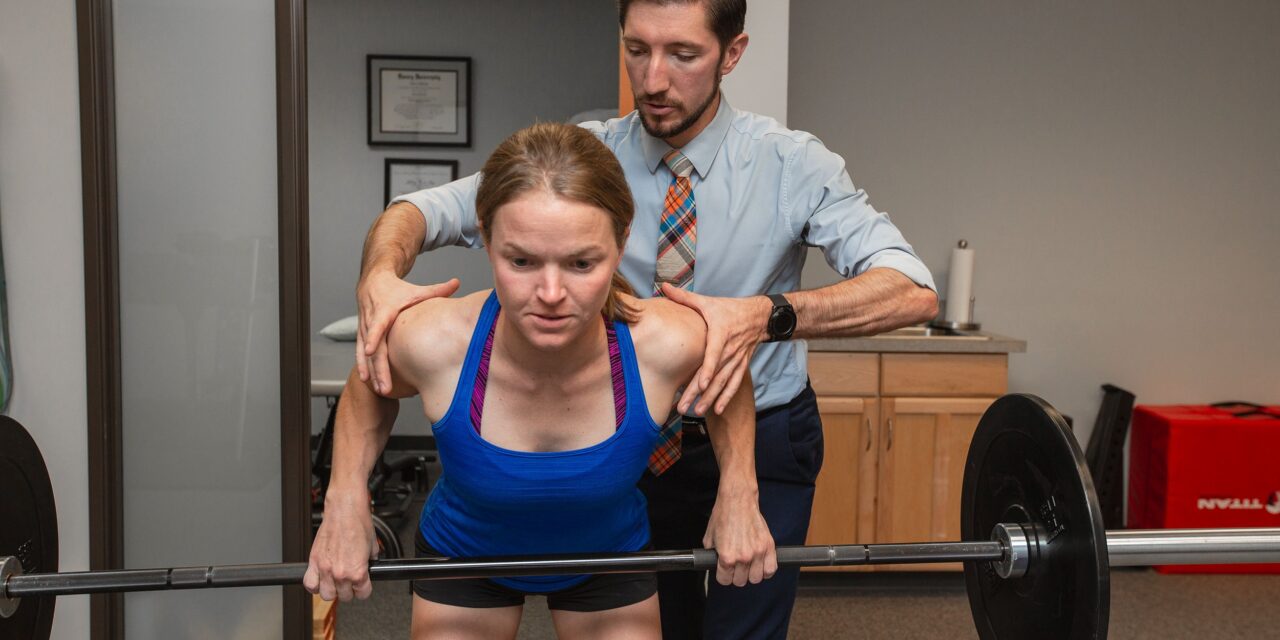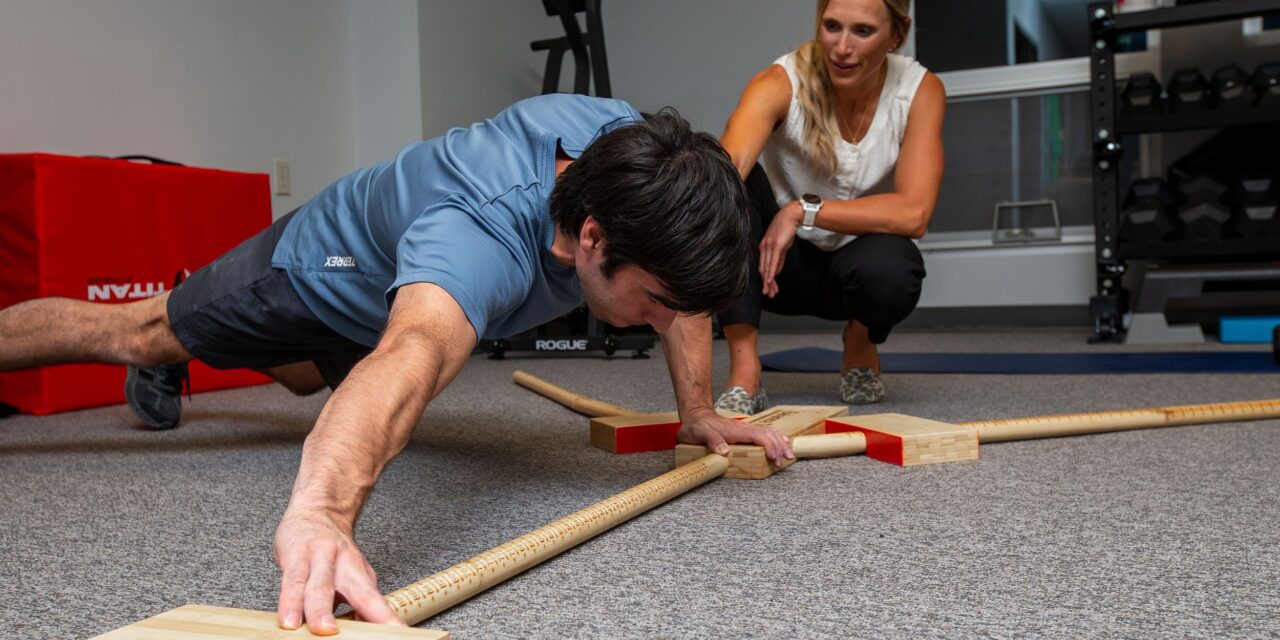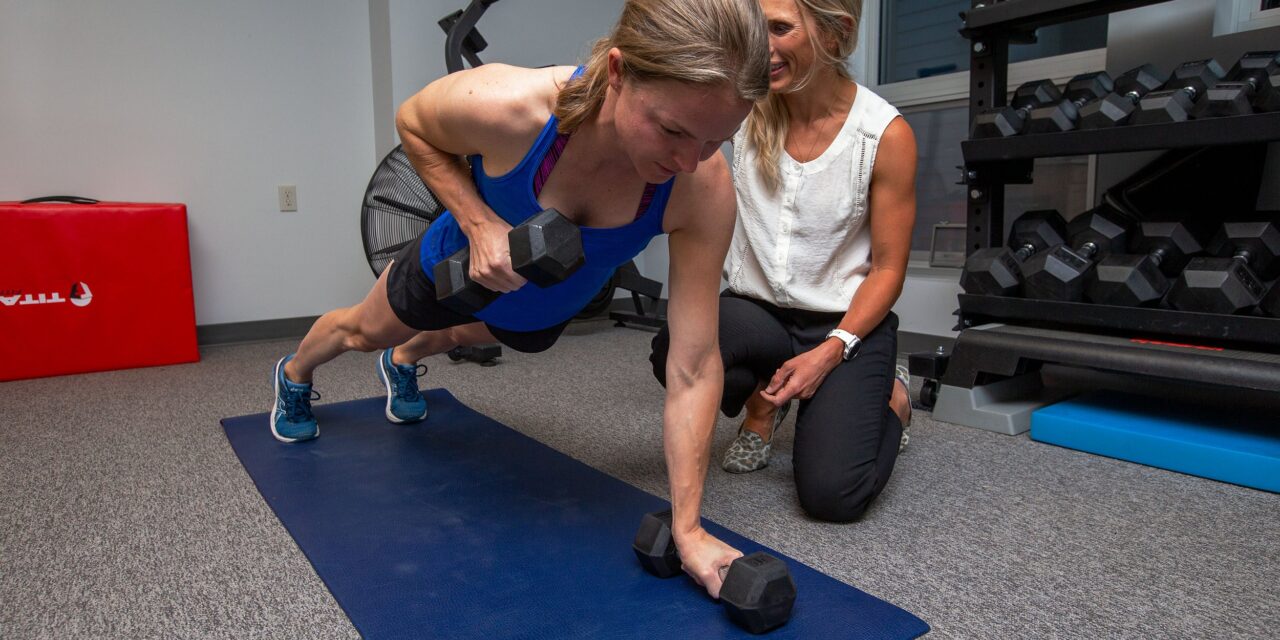The pectoralis minor muscle is situated on the front of the chest and attaches the scapula to the rib cage. When this muscle becomes chronically tight it can pull the scapula anteriorly, creating a posture where the shoulders are rounded forward. This posture is often seen in rock climbers and tightness of the pec minor...
Shoulder Stability Assessment for Rock Climbers
December 13, 2021
Shoulder strength and stability is crucial in rock climbing for both performance and injury prevention. There are many different ways to assess shoulder strength, stability and function. The findings of these assessments can give us insights into right to left imbalances and can tell us which muscle groups we need to target in a rehabilitation...
The serratus anterior muscle is located on the side of your chest and attaches your scapula to your ribs. The purpose of this muscle is to stabilize the scapula, especially during overhead movements. Its specific actions are scapular upward rotation and protraction which are important movements for many movements in rock climbing. Weakness of the...
Rotator cuff injuries are one of the most common reasons patients seek care for their shoulder pain. Injuries range from less severe cases of impingement and rotator cuff tendinopathy to more severe injuries such as rotator cuff tears. These tears can be either traumatic or atraumatic in nature depending on the patient’s history. Previous research...
As long as I have been in the profession, clinicians have continued to search for the next best thing to reduce pain and inflammation, as well as, improve any number of clinical factors. Unfortunately, the medical literature is filled with trials showing non significant effects as many of these devices have failed to outperform proven...
Symptomatic rotator cuff tears commonly occur in adults > 50 years old and can be either atraumatic or traumatic in nature. These tears become more common with age, but are often are found in shoulders without pain and often have similar MRI scan findings between symptomatic and asymptomatic sides of the body. Thus, the a...
Does The Shape Of My Shoulder’s Acromion Cause Pain?
January 15, 2021
Subacromial impingement syndrome is the most common diagnosis for shoulder pain in adults and remains one of the most common reasons patients seek care from physicians and Physical Therapists. Shoulder impingement may occur secondary to functional and structural changes within the shoulder joint. Individuals with these symptoms often present with weakness in their rotator cuff...
During arm movements, a relative ratio of degree measurements occurs between the ball and socket of the shoulder and the shoulder blade on the rib cage. This ratio or rhythm is thought to preserve spacing in the shoulder joint and optimize the length tension relationship in the surrounding muscles. Abnormal rhythms have been associated with...
No Differences Found Between Manipulation Under Anesthesia And Physical Therapy For Frozen Shoulder
November 17, 2020
Frozen Shoulder (Adhesive Capsulitis) is a less common source of shoulder pain affecting around 3% of all adults. Its’ prevalence is significantly increased up to 40% in patients with diabetes or thyroid disorders. This condition most commonly occurs between the ages of 40 and 65 years old and affects females more than males. Adhesive Capsulitis...
The rotator cuff is a group of four muscles that coordinate movement and provide dynamic stability of the shoulder joint. These muscles are crucial for rock climbers who put extreme stresses through their shoulders, often in awkward positions that can cause bone structures to rub or impinge on the rotator cuff muscles. Because of this,...




